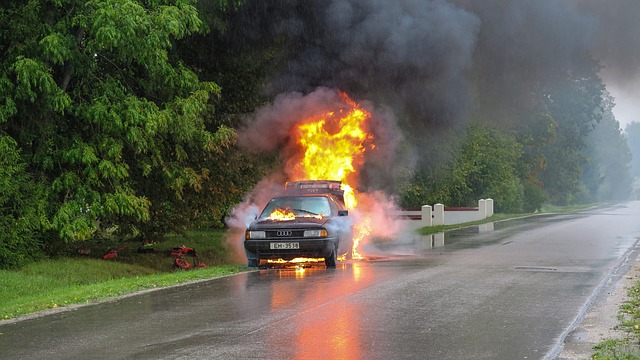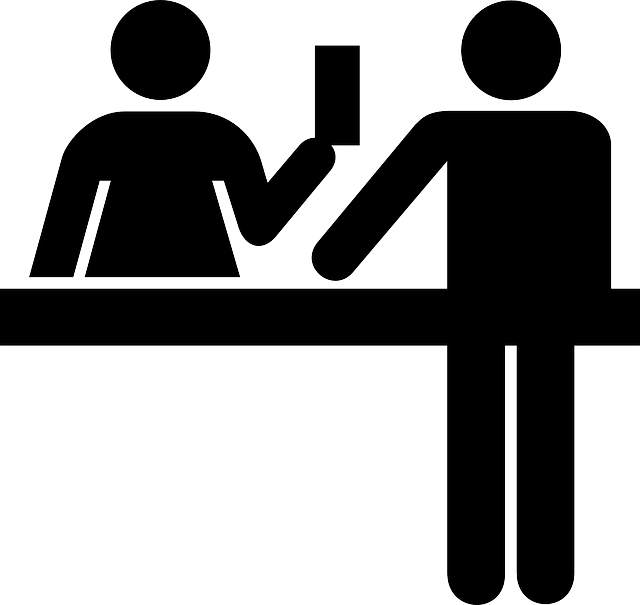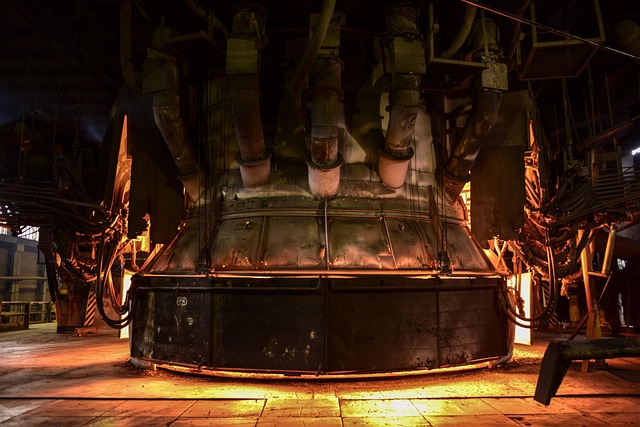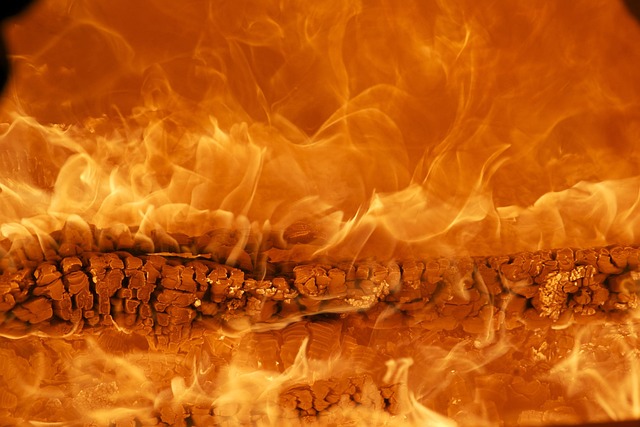Selling a fire-damaged house in California requires navigating complex property valuation processes due to state regulations, environmental hazards, and local building codes. Homeowners must provide detailed documentation of damage and repair estimates for accurate fair market value assessments. Appraisers thoroughly inspect structural integrity, smoke/water damage, and restorability, influencing pre-fire value determinations and insurance claims. Key factors affecting post-fire property value include damage extent, pre-fire age, location, and insurance settlement amounts. A systematic approach involving cleaning, repairing, transparency, and professional real estate guidance can facilitate a smooth selling process for fire-damaged homes in California.
After a devastating fire, assessing and selling a property in California can be a complex process. This article guides homeowners through the intricacies of post-fire property valuation, offering insights into understanding the unique challenges and strategies. We explore the evaluation of fire damage, key factors influencing home value, and practical tips for successful sales in California’s real estate market. By navigating these steps, owners can ensure a fair and swift transition after a traumatic event.
- Understanding Post-Fire Property Valuation in California
- The Process of Evaluating Fire Damage
- Factors Affecting the Value of a Fire-Damaged Home
- Selling Tips for Owners Affected by Fire Damage
Understanding Post-Fire Property Valuation in California
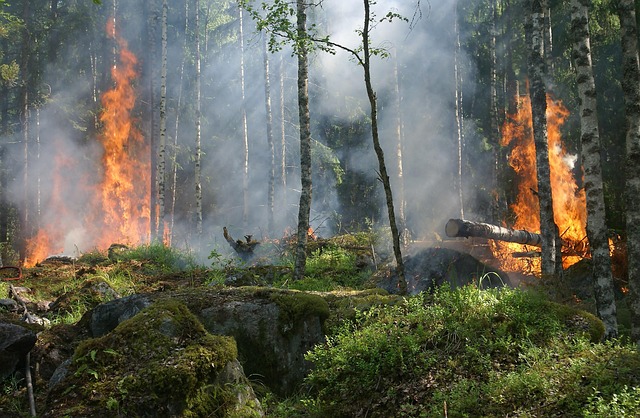
After a fire, property valuation becomes a complex process in California, especially considering the unique challenges and regulations within the state. Homeowners looking to sell a fire-damaged house must understand that appraisers will carefully assess the extent of the damage, taking into account not only structural integrity but also potential environmental hazards like asbestos or lead paint. This comprehensive evaluation ensures fair market value estimates for insurance claims and real estate transactions.
California’s diverse climate and varied landscapes present distinct considerations post-fire. Appraisers must account for the potential for future wildfires, which can impact a property’s resilience and long-term value. Additionally, local building codes and reconstruction guidelines play a significant role in determining what repairs are necessary and how they affect the house’s worth. Homeowners should be prepared to provide detailed documentation of damage and repair estimates to support their sale efforts when selling a fire-damaged home in California.
The Process of Evaluating Fire Damage
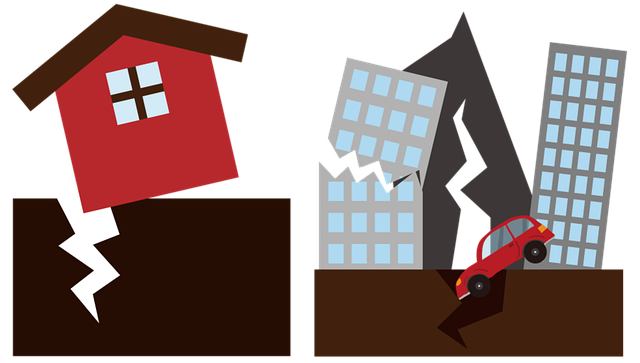
After a fire, the process of evaluating property damage is crucial for both homeowners and potential buyers in California. The first step involves a thorough inspection by a qualified appraiser who will assess the extent of the fire’s impact on the structure and its contents. They meticulously document any damaged or destroyed areas, considering factors like structural integrity, smoke and water damage, and the overall restorability of the property.
This detailed assessment forms the basis for determining the pre-fire market value and calculating the cost of repairs or rebuilding. For those looking to sell a fire-damaged house in California, understanding this process is essential. It helps them set realistic expectations regarding the selling price, while buyers can make informed decisions by obtaining independent property valuations to ensure they’re getting a fair deal.
Factors Affecting the Value of a Fire-Damaged Home

When it comes to post-fire property valuation in California, several factors significantly influence the value of a fire-damaged home. The extent and type of damage are primary considerations. Severe structural damage or extensive water harm from firefighting efforts can drastically reduce a property’s worth. Similarly, the age and condition of the house before the fire play a crucial role; older homes or those already in need of repair may face steeper depreciation.
Location is another critical aspect. Properties in high-risk fire zones or areas prone to severe weather conditions might attract lower valuations due to inherent risks. Insurance settlement amounts also factor into post-fire value assessments, as they provide insights into the estimated reconstruction or replacement costs. In California, where selling a fire-damaged house involves unique considerations, understanding these factors is essential for both property owners and real estate professionals navigating the market.
Selling Tips for Owners Affected by Fire Damage

After a fire damages your California home, selling it might seem daunting, but with the right approach, it can be a smooth transition. The first step is to thoroughly clean and repair any structural damage, ensuring the property is safe and presentable for potential buyers. This includes addressing smoke and soot stains, which can significantly impact a home’s value; professional cleaning services specializing in fire restoration are an excellent resource here.
When listing your fire-damaged property, be transparent with prospective buyers about the extent of the damage and the renovation work carried out. Provide detailed documentation of repairs to build trust and assure potential homeowners that the house is safe and ready for occupation. Consider hiring a real estate agent familiar with the local market and post-fire property sales, as they can offer valuable insights and help navigate the selling process effectively, ensuring you get the best possible price for your California home.
Post-fire property valuation in California involves a meticulous process that considers various factors, from structural integrity to market trends. Understanding this dynamic is crucial for homeowners looking to sell a fire-damaged house in California. By navigating the evaluation process and recognizing the key influences on value, owners can make informed decisions and effectively market their properties, ensuring they receive fair compensation for their efforts in rebuilding or relocating.
